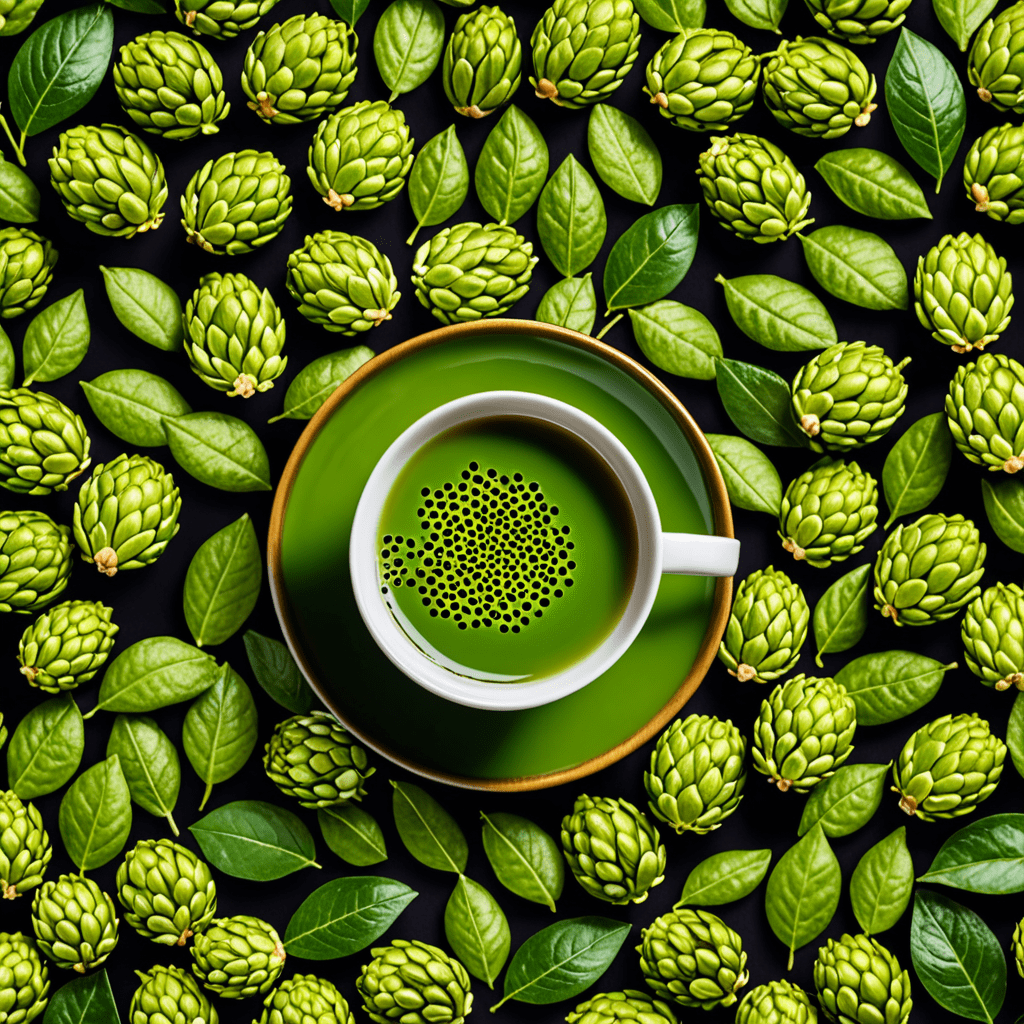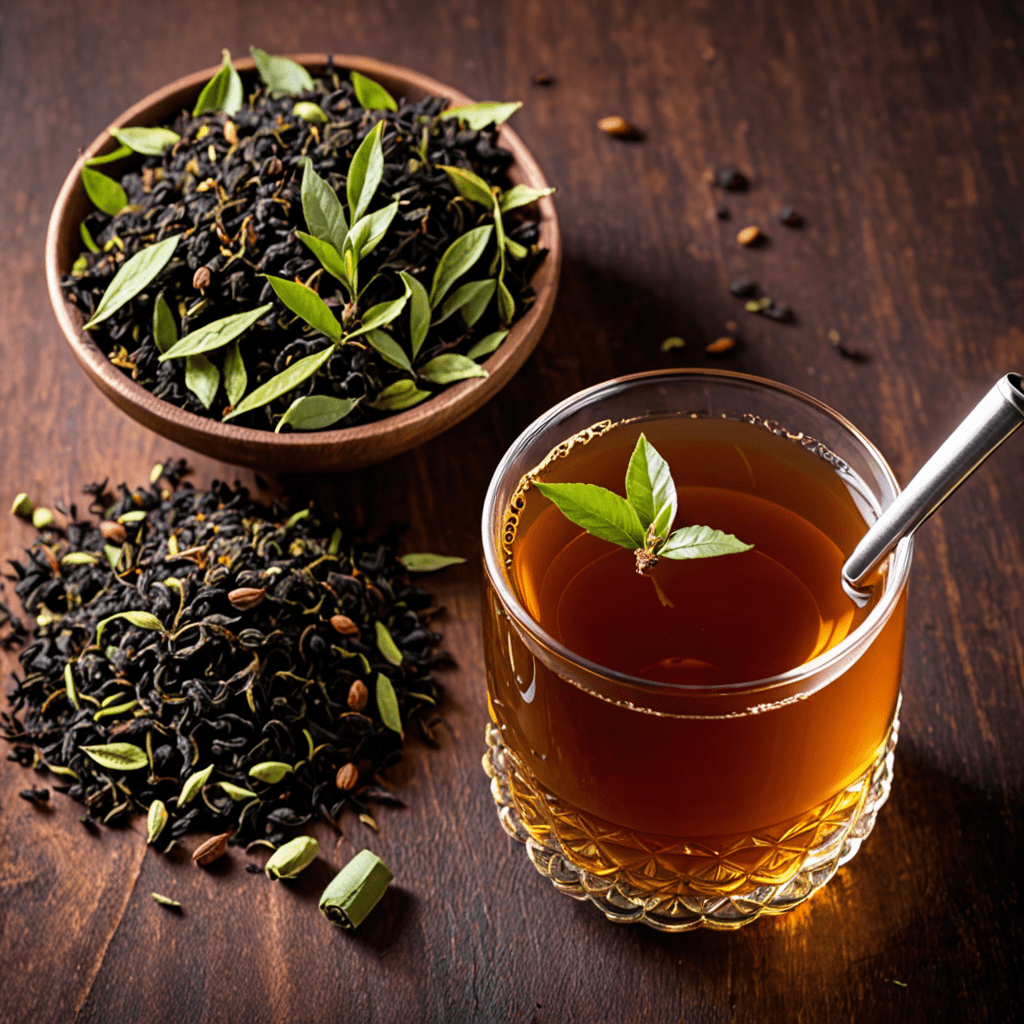What Does Green Tea Smell Like?
Green tea is one of the most popular types of tea worldwide. Renowned for its numerous health benefits, unique flavor, and enticing aroma, green tea has become a staple in many households. If you’re curious about what green tea smells like, you’ve come to the right place. In this article, we will explore the aroma characteristics of green tea, delve into its various scent profiles, and answer some frequently asked questions about this aromatic beverage.
The Aroma Profile of Green Tea
When it comes to the scent of green tea, it can vary depending on various factors such as the tea variety, processing techniques, and growing region. However, green tea generally emanates a fresh, grassy, and vegetal aroma. It is often described as having a mild and slightly sweet scent, with subtle floral notes.
Grassy and Vegetal Notes
Many green teas possess grassy undertones in their aroma. This scent often resembles freshly cut green grass or the smell of a spring meadow. The grassy notes contribute to the refreshing and invigorating quality that green tea is known for.
Additionally, green tea can also have vegetal notes that remind you of steamed or sautéed greens, such as spinach or seaweed. These vegetal aromas further enhance the earthy essence of green tea, making it a truly unique experience for your olfactory senses.
Sweet and Floral Undertones
While green tea is predominantly known for its grassy and vegetal notes, it can also exhibit delicate hints of sweetness and floral undertones. These subtle fragrances can manifest in various ways, depending on the specific type of green tea you’re exploring.
For example, some green teas, like Jasmine Green Tea, have a pronounced floral scent. The fragrance of jasmine flowers intermingles with the grassy notes, creating a harmonious and captivating aroma. On the other hand, other green teas, such as Sencha or Matcha, may offer a milder hint of sweetness, reminiscent of spring blossoms.
Variations in Green Tea Aroma
It’s important to note that the aroma of green tea can vary significantly between different types and subvarieties. Here are a few examples of popular green tea varieties and their distinct aroma profiles:
- Sencha: This Japanese green tea often showcases a fresh, grassy scent with sweet undertones reminiscent of steamed vegetables.
Dragon Well (Longjing): Originating from China, Dragon Well green tea boasts a nutty and slightly vegetal aroma, often likened to chestnuts or fresh greens.
Gunpowder Green Tea: Known for its tightly rolled leaves, Gunpowder green tea releases a smokey, slightly herbal aroma when brewed.
Genmaicha: Often blending green tea leaves with roasted brown rice, Genmaicha exhibits a unique combination of toasty, nutty, and grassy notes.
Frequently Asked Questions (FAQ)
Q1: Does all green tea smell the same?
A: No, the aroma of green tea can vary depending on factors such as the tea variety, processing methods, and growing conditions. Each type of green tea has its own distinct scent profile.
Q2: Why does green tea sometimes have a seaweed-like smell?
A: The seaweed-like aroma in some green teas is attributed to the presence of certain organic compounds, particularly amino acids like L-theanine. These compounds contribute to the umami flavor, which may give the tea a seaweed-like scent.
Q3: Can the aroma of green tea be influenced by brewing methods?
A: Yes, brewing methods and water temperature can affect the aroma of green tea. Different brewing times, water temperatures, and steeping techniques may enhance or alter the scent profile of the tea.
Q4: Are there any green teas with citrusy or fruity aromas?
A: While green tea generally leans towards grassy and vegetal scents, there are exceptions. Some green teas, such as certain varieties of Japanese Gyokuro, can exhibit citrusy or fruity notes like grapefruit, lemon, or melon.
Q5: Does the storage of green tea impact its aroma?
A: Yes, proper storage plays a crucial role in preserving the aroma of green tea. To maintain the freshness and fragrance, it is recommended to store green tea in airtight containers away from heat, light, and strong odors.
Q6: Can I enhance the aroma of green tea with additives?
A: While adding ingredients like herbs, fruits, or flower petals can enhance the flavor of green tea, it may also alter its aroma. The pure, natural scent of green tea is best appreciated without additives, allowing you to fully experience its unique fragrance.
In conclusion, the scent of green tea is characterized by fresh grassy notes, vegetal undertones, and hints of sweetness and florals. However, the aroma can vary between different green tea varieties, offering a diverse olfactory experience. By understanding the scent profile of green tea, you can further appreciate the sensory journey that this captivating beverage has to offer.



